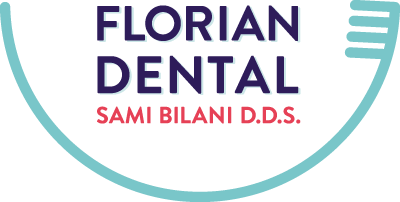Despite years of research and copious studies, cardiovascular disease (CDV) is still a major concern in the United States. Cardiovascular disorders include hypertension, CHD, stroke, congenital cardiovascular defects, and congestive heart failure. Almost 325,000 people die each year either out of the hospital or in hospital emergency departments because of CVD. Heart disease and stroke remain the number one and three causes of death in the USA.
Hyperlipidemia, or increased plasma cholesterol and LDL levels, seems to be a major risk factor in CHD. Continual scientific research provides more information allowing refinement of recommendations on detection and management of established risk factors. Most cardiovascular disease is preventable by helping people adopt healthy diet and lifestyle.
The AHA and NCEP encourage a fasting lipoprotein profile (total cholesterol, LDL and HDL cholesterol, and triglycerides) for all adults older than 20 years old every 5 years along with assessment for risk factors. LDL cholesterol levels less than 100 mg/dL throughout are associated with a very low risk for CHD. LDL cholesterol greater than 100 mg/dL is the primary target of therapy.
Maintaining a healthy diet and lifestyle offers the greatest potential of all known approaches for reducing the risk for CVD in the general public. For all individuals without CHD adoption of healthy life habits, including avoidance or cessation of cigarette smoking, a healthy diet, weight control, and increased physical activity, is recommended as well as routine medical check ups for blood pressure and cholesterol. These general recommendations also can be applied to patient with or at risk of CHD. Patients at high risk may need more intense therapy.
With implementation of the therapeutic lifestyle changes, it is estimated that LDL cholesterol can decrease 20% to 30%. Natural food sources generally are recommended for most of the nutrients rather than supplements. Although antioxidants seem to prevent CVD, antioxidant vitamin supplements or other supplements such as selenium are not recommended to prevent CVD. Rather, foods containing antioxidants from a variety of fruits and vegetables, whole grains, and vegetable oils are recommended. Phytochemicals found in fruits and vegetables may be important in reducing the risk of atherosclerosis.
Plant sterols are bioactive compounds, found in all vegetable foods, which inhibit cholesterol absorption. Consumption of soy protein-rich foods, a source of plant sterols, may indirectly reduce CVD risk if they replace animal and diary products that contain saturated fat and cholesterol. Small quantities of sterols are present in q variety of foods, including fruits, vegetables, nuts, seeds, cereals, and legumes. Plant sterols are absorbed at the same sites in the small intestine as cholesterol, and interfere with cholesterol absorption resulting in a 15% reduction of LDL cholesterol. An intake of 2 g is needed to produce maximum effect. To sustain LDL reduction from sterols, daily intake is needed as with medications.
The AHA recommends patients without CHD eat a variety of fish, preferably oily fish, at least twice a week. Individuals who already have CHD are advised to consume at least 1 g of EPA and DHA daily, preferably from oily fish, but the healthcare provider may recommend supplement.
Average cholesterol intake in the USA is 341 mg daily. The body synthesizes approximately two to four times more cholesterol than it obtains from exogenous sources. Of all the dietary changes recommended, cholesterol intake probably has the least effect on plasma cholesterol concentration in most individuals because of less endogenous cholesterol production in response to cholesterol absorption. The AHA recommendations do not limit the number of eggs as long as total dietary cholesterol is limited to about 200 mg per day. One large egg contains 212 mg of cholesterol.
Most studies have found that reduction in total dietary fat reduce serum cholesterol. Because fat consumption generally coincides with decreased saturated fat intake, changes in blood lipids may be related more to type of fat consumed rather than to total fat. However, a low-cholesterol, low-fat diet rarely reduces cholesterol more than 15%, and medications may be needed to reduce blood lipids further. By replacing some SFAs with MUFAs and some PUFAs, and decreasing total fat, LDL is lowered without decreasing HDL concentration. These changes result in a more palatable diet that is better received by Americans.
